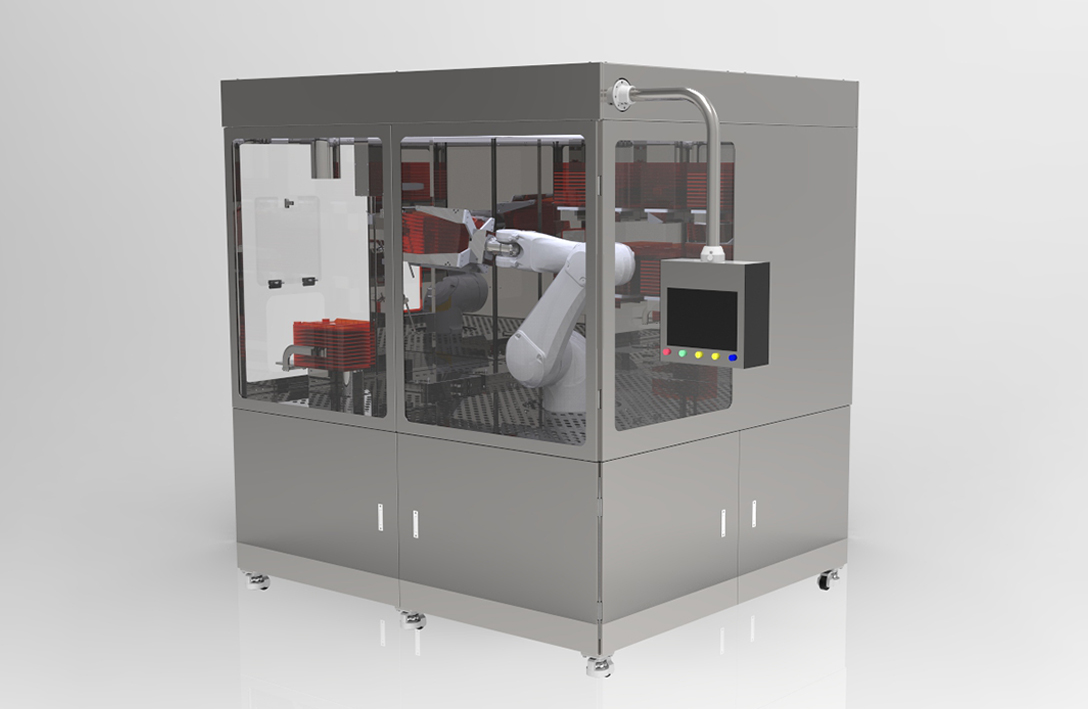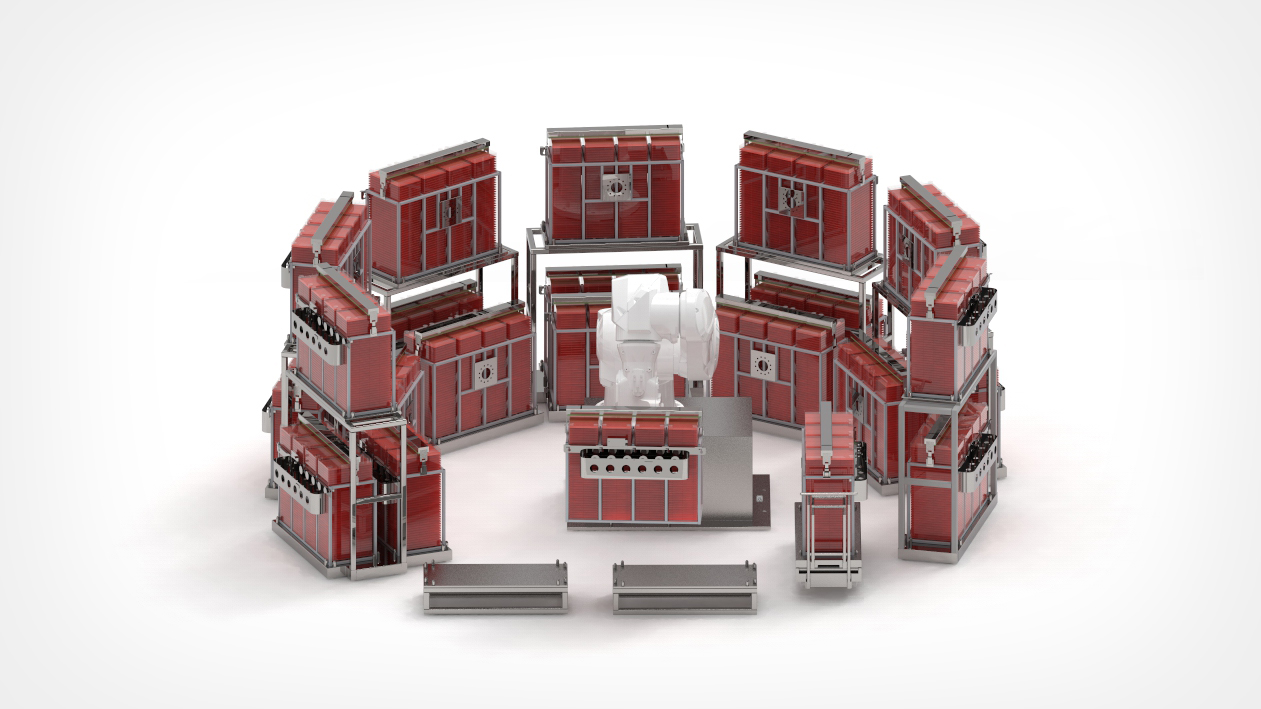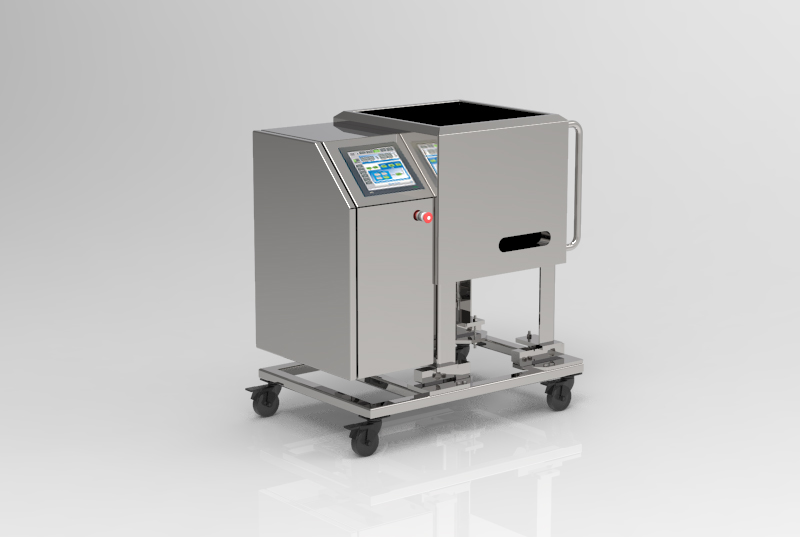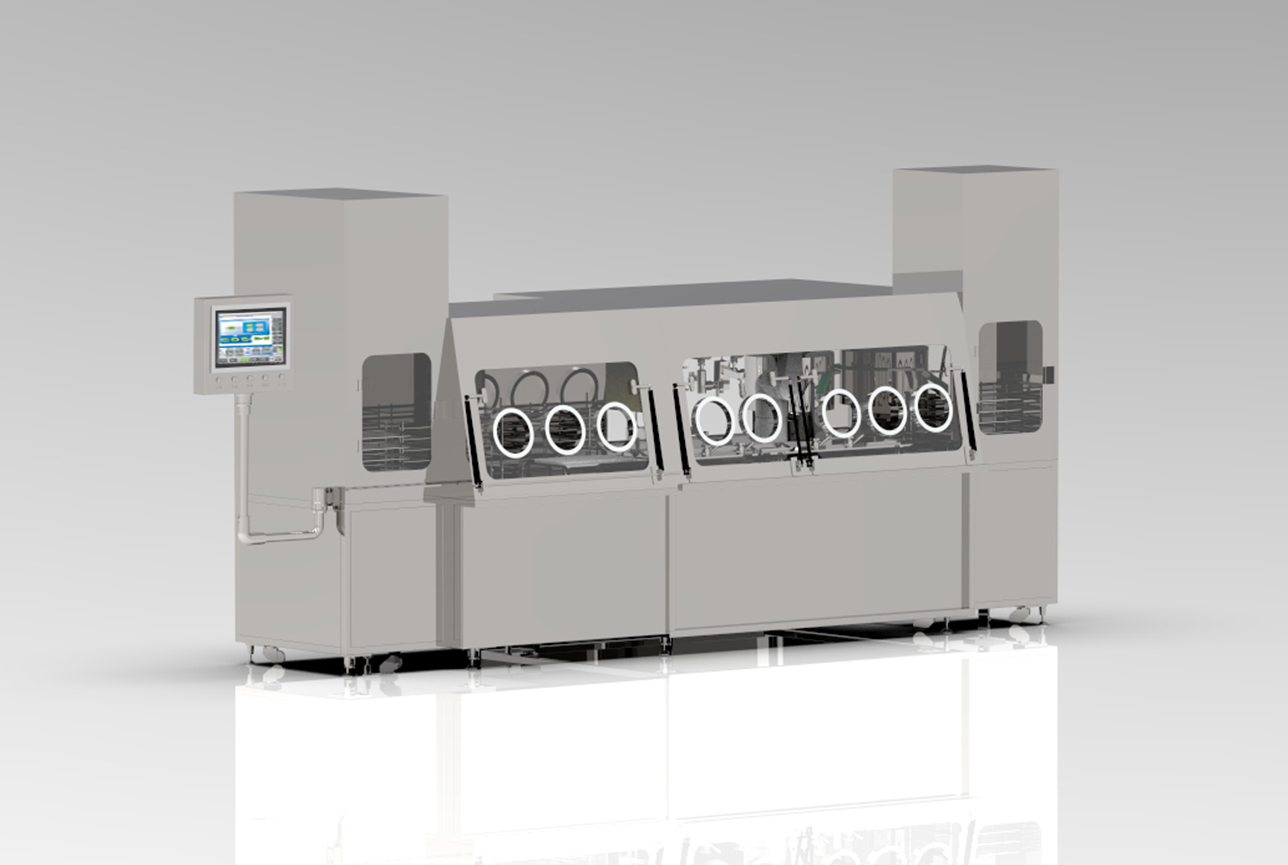Big but not strong! Industrial robot industry is overheating
Release time:2021/7/6 10:40:52 Shenyang Great Elites Intelligent Equipment Co., Ltd.
The massive use of robots is a prominent feature of the transformation and upgrading of manufacturing enterprises in recent years. Statistics show that since it became the world's largest industrial robot market in 2013, the use of industrial robots in my country has risen sharply. In 2014, the national sales of industrial robots exceeded 57,000 units, an increase of 54%; in 2015, sales increased to 68,000 units; in 2016, the number of robot installations was as high as 85,000 units, exceeding 30% of the global number of new industrial robots.
Professional organizations predict that the sales volume of industrial robots in my country will reach 102,000 units in 2017, and the cumulative inventory will be close to 450,000 units. The market share of local robot companies will increase from less than 5% in 2012 to more than 30% in 2017; By the year, the number of industrial robots in my country will reach more than 800,000 units, and the potential market demand is worth nearly 500 billion yuan.
In April this year, the Ministry of Industry and Information Technology issued the "Robot Industry Development Plan (2016-2020)" (hereinafter referred to as the "Plan"). According to the "Plan", the annual output target of Chinese domestic brands of industrial robots in 2020 is 100,000 units. At present, industrial robots have been widely used in 37 industry categories of the national economy and 91 industry categories. In 2016, the 3C (computer, communication equipment and other electronic equipment) manufacturing industry and the automobile manufacturing industry accounted for 30% and 12.6% of the total sales of domestic industrial robots, respectively.
The huge demand brought about by the transformation and upgrading has caused signs of overheating in the industry. According to statistics, there are more than 20 provinces in China that focus on the development of the robot industry, and more than 40 robot industry parks. In the past two years, the number of robot companies has rapidly increased from less than 400 to more than 800, and there are more than 3,400 companies related to the industry chain. Among them, there are more than 280 robot companies in Zhejiang alone. Zuo Shiquan, director of the Equipment Institute of CCID Research Institute, said frankly: "There is a certain degree of overheating in my country's robotics industry, and the phenomenon of low-level repeated construction and blind deployment does exist in some areas."
Some experts pointed out that in China’s industrial robot industry, foreign brands accounted for more than 60% of China’s industrial robot market. The technologically complex multi-joint robots with more than six axes account for about 90% of the market share of foreign companies; the most difficult-to-operate and the most widely used internationally In the welding field, foreign robots account for 84%; in the automotive industry where high-end applications are concentrated, foreign companies account for 90%. In 2016, the sales of domestic brands of industrial robots reached 22,000 units, with a market share of 32.5%, breaking through 30% for the first time. In 2013, the domestic brand's industrial robot market share was only 25%, and the remaining market share was captured by foreign robot companies such as FANUC, ABB, and Yaskawa Electric.
Although in recent years, Chinese companies have made breakthroughs in the research and development of precision reducers, servo motors, etc., the core components of robots, and have been put into production, there is still a big gap between Chinese companies in the core technology of robots, and reliability is still needed. Continue to improve. In addition, the mastery of complex technologies such as welding and surgical medical treatment is not enough, especially in terms of perception and control technology, human-computer interaction technology, etc., and it is necessary to accelerate the catch-up.
Experts pointed out that how to transform from quantity and speed type to quality and content type is the biggest problem in the development of the local robot industry. Take Dongguan, Guangdong as an example. There are more than 200 companies in the area involved in the robotics industry, but most of them purchase foreign equipment integration, or purchase foreign core parts and components, and less than 1/3 of them have intellectual property rights.
Overcapacity at the low end is also related to subsidies from local governments. According to investigations by CCID Research Institute, China Robot Industry Alliance and other units, many local government departments either indirectly support users through subsidies, or directly provide technical reform funds, equity investment, and subsidies for first set insurance premiums to robot manufacturers. While these local support policies promote industrial development, they will also induce problems such as duplication of construction and vicious competition, leading to uneven product quality of enterprises and weakening users' confidence in using autonomous robots.







 Home
Home
 phone
phone
 note
note
 contact
contact